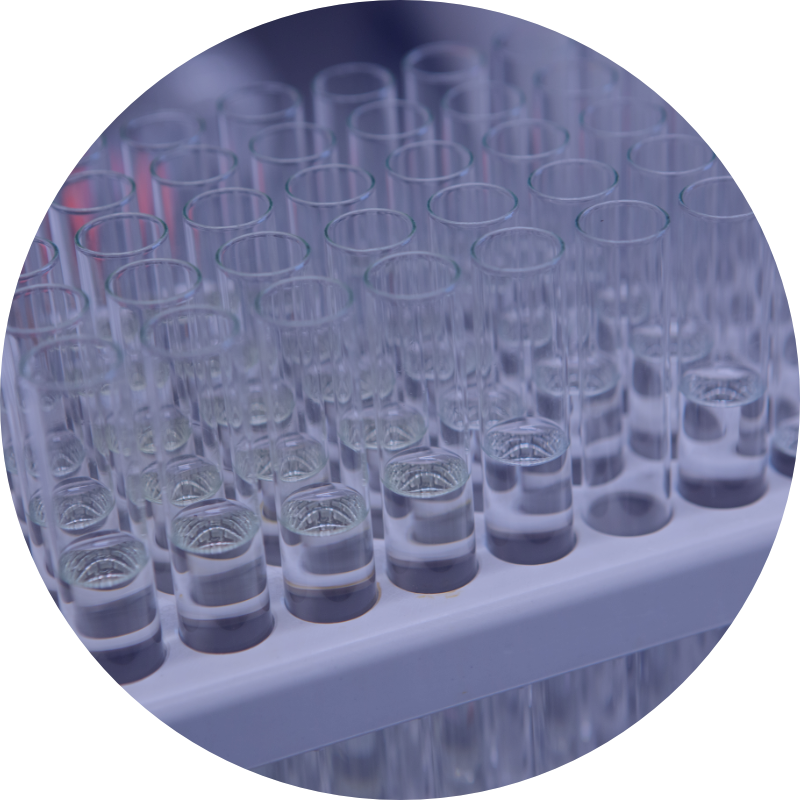Our mission is to understand how conformational changes and internal dynamics affect protein function and mechanism of action.
x
NMR spectroscopy and computer simulation as tools to study the relationship between protein dynamics and their function and stability.
Proteins are flexible molecules that often undergo conformational changes to perform biological functions. For this reason, knowledge of the internal dynamics of proteins is crucial to an understanding of the details of their functions and mechanisms of action.
The focus of the Massi laboratory is to understand the relationship between the structure, stability, and dynamics of proteins. In particular we investigate how the structure and dynamics of a protein affect molecular recognition, binding specificity, allostery and stability. To this end, we take a multi-disciplinary approach combining the strengths of biophysical, biochemical and in vivo techniques, with particular emphasis on solution NMR spectroscopic and computational methods.
Specific targets of our research program:
We are currently working on elucidating how two families of RNA-binding proteins, TTP and C. elegans tandem zinc finger proteins, regulate their mRNA targets.”
Research Areas
Commonly-Used Techniques
We utilize biophysical, biochemical, and in vivo techniques with a particular emphasis on NMR spectroscopy and computational methods.


